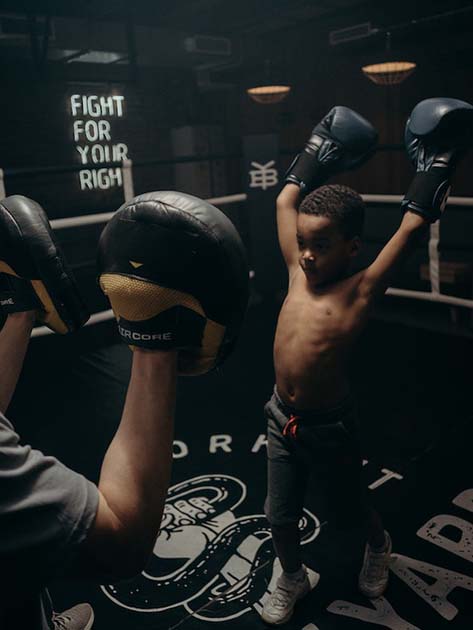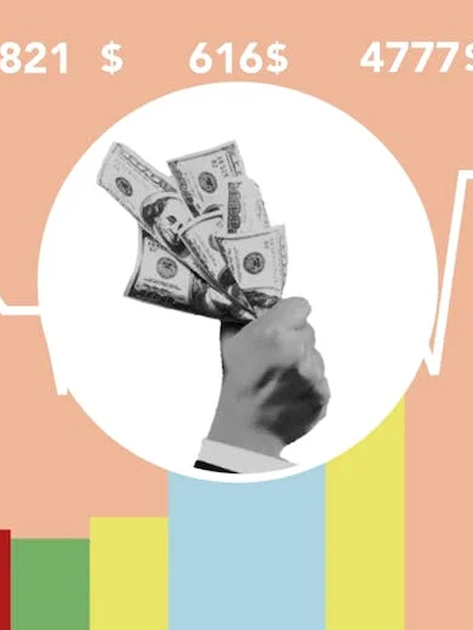
Learn how to trade A+ setups to increase your chances of success trading stocks and options.
Trading Stocks can be risky if you don’t know what you are doing.
Beginners will often jump into a stock because a friend told them to go buy AAPL stock, or because Cramer jumped on CNBC and shouted that PLTR is going to the moon like a crazy lunatic!
The truth is that nobody really knows what a stock is going to do. The success rate of so called financial analysts usually hover around the 20%-30% win rate mark. Just go look at their profiles the next time they appear on TV.
Cramer now has an Inverse ETF named after him that tracks his trades and does the opposite, lol.
Cathy Woods became famous because her ARK ETF went up 10x because she invested in TSLA in the early days and held it with diamond hands. This year (2022) the same ETF is down significantly.
So how can a new trader do well in stocks and options if the so called professionals don’t even know what they are doing?
TRADE THE A+ SETUP
Trading in stocks and options really comes down to stacking reasons to get into a trade in your favor.
The more reasons you have, the higher the probability of success.
Note, you can have 100 reasons to get into a trade, and it could still fail, so always have a plan on how much you are willing to risk, and cut the trade when that happens.
No one can ever guarantee the future.
So, what does an A+ setup look like?
1. WHY ARE YOU TAKING THE TRADE?
First, ask yourself why you are getting into a trade? It could be any of the following reasons (or others):
- Someone told you to buy (friend / family / twitter / tv / dream)
- Area of Support / Resistance broke or held (This could be an ORB level, Fibonacci Level, Watchlist / Key Level, etc)
- Hold or Break of a Moving Average
- A chart pattern confirmed (eg Head and Shoulders, Cup and Handle, Pennant, etc)
2. ARE THERE AREAS OF CONFLUENCE?
If you have only 1 of the above reasons to take the trade, then thats really just a B Grade setup.
- Well, the fiirst reason is probably more like a C (or worse) if it was just an alert from a trusted friend or a dream you had (it could work but you are relying on luck).
What turns a B Grade into an A+ Grade is having multiple reasons (at least 3 - 4 reasons why) to support your thesis, and also knowing how it can be invalidated.
The more reasons you can make for WHY the trade will work, the more likely you will succeed.
INCREASE YOUR ODDS!
scenario one (B)
What if I told you to go long because
- We have a pullback to the 21 EMA
Would you take that trade? Maybe, but it isn’t that convincing.
Question the Trade
We couldn’t hold the 9ema so why would we hold the 21ema?
At what point do we break this trend?
What are all the ways this trade could fail?
scenario two (A+)
What if instead I told you to go long because
- We had a pullback to the 21 MEMA
- AND are now bouncing off the 21 EMA (Break Hook and Go),
- AND there is also a Fib level support there that has held before,
- AND the EMAs are leaning bullish.
This is a much more convincing reason to take a trade. We now have 4 reasons on why it should work. That is 4 reasons why other trader may also be taking the same trade, stacking more trades in your favor!
Question the Trade
What happens if the 21 EMA doesnt hold? Is there another level right here that could help? Same with the Fib level? So now we need both the Fib Resistance and the 21 EMA resistance to both fail. What if they do both fail - Are we reversing the current trend? Possible - then what?
Where is my stop if all my reasons for entering the Trade have invalidated?
3. BEING WRONG IS OKAY
No trade is ever guaranteed. Whether its the best Indicator, or the best advisor out there, no one is right 100% of the time in the long run. At some point a trade will fail. The question is how much pain will you endure when it does?
That is why whenever you enter a trade, always have a Risk Management plan around it.
What is your exit plan?
If the stock drops below a certain level, have a plan to cut it. This should not exceed how much you are willing to lose.
There will always be another trade and another day. Your job is to survive the market and to grow your portfolio over time. If you risk 100% of your portfolio on a trade, then you just gambled and could get wiped out completely.
As a general rule, I will not risk more than 1% of my account on a trade, and only what I am really willing to lose.
I do this by setting Stop Losses on my trade, based on a dollar amount im willing to lose. I then move those stops higher as the trade works in my favor in order to protect profits.
By cutting losing trades quicker and letting winning trades run, and also taking more A+ setups where the trade is stacked in my favor ensures my wins will significantly outweigh my losses.
If the setup’s that you are taking are consistently losing, and the wins do not significantly outweigh the amount you are losing, then it is an indication to evaluate the reasons for entering those trades in the first place, and if those are in fact strong reasons / strategies to use.
A+ STRATEGIES
A number of strategies that I frequently use are A+ Setups because there are multiple reasons to take the trade, and have very clear entry levels and areas to stop out at.
The Golden Goose Strategy
- Bullish/Bearish Trend (9/21 EMA crossover)
- Fib Support/Resistance
- 21 EMA Support/Resistance
- Previous support now resistance
- Higher Highs / Higher Lows (bullish trend)
- Buying at a clear support level (21 EMA)
The Peaky Blinders Strategy
- Bullish/Bearish Trend (9/30 EMA crossover)
- 30 EMA Support/Resistance
- Higher Highs / Higher Lows (bullish trend)
- Buying at a clear support level (30 EMA)
The ORB Strategy
- Support/Resistance level based on the first 15 minutes
- Break Hook and Go off the ORB level
- EMA Trend confirmation
- High Conviction is when we get a retest the 9EMA AND the ORB level on the 5m chart
- Buying at a clear support level (ORB level)
The Golden Pocket Strategy
- Break Hook and Go off the Golden Pocket level
- 0.618 Fib Level Support
- Entering on a Market Pullback
- Buying at a clear support level (Golden Pocket level)
- Buying in the direction of the trend (Pullback to the 61.8%)


